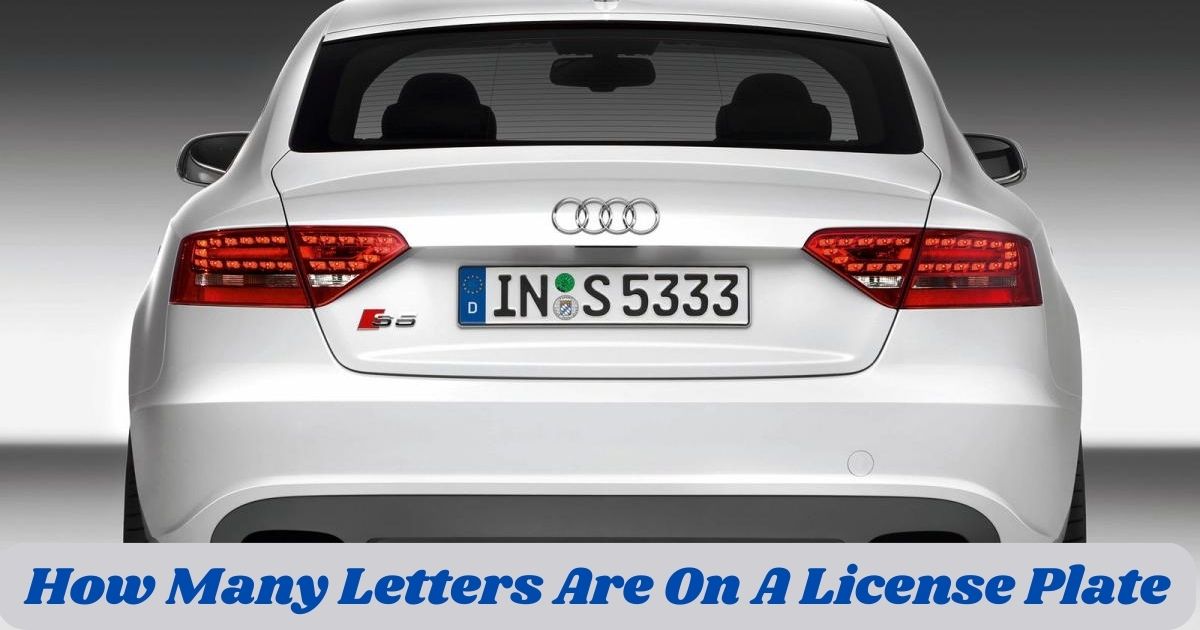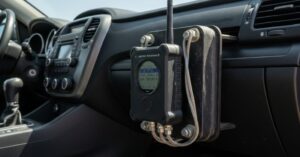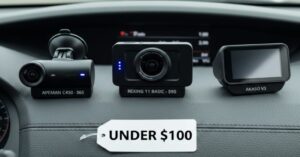License plates are essential for vehicle identification, serving as unique identifiers for cars, motorcycles, and other vehicles. They help law enforcement, toll systems, and parking management track vehicles on the road. The format of these plates can vary greatly depending on the country or state, with each region having its own rules for letter and number combinations.
Understanding how many letters and numbers a license plate can have is important for both standard and personalized plates. While most plates feature a blend of letters and digits, the specific combination and sequence depend on local regulations. This knowledge can be helpful for vehicle registration, ensuring compliance with government standards, and even for customizing a plate.
General Format of License Plates
License plates follow a structured alphanumeric format that varies by country and region. Most plates include a mix of letters and numbers to create unique identifiers. Some feature state codes, regional prefixes, or symbols for classification. The format ensures vehicle registration, easy identification, and compliance with legal standards worldwide.
Common Structure of License Plates in Different Countries
License plates generally follow an alphanumeric structure, combining letters and numbers in specific patterns. Some countries use a state-based prefix, while others include region codes or symbols. The format varies widely depending on the country and type of vehicle.
In the U.S., most plates consist of six to seven characters, mixing letters and numbers. European plates often include a country code, regional identifier, and unique vehicle number. Some Asian countries use three to four letters followed by digits, ensuring a systematic registration process.
Alphanumeric Combinations
Most license plates feature letters and numbers in a structured format. This helps ensure a large number of unique plates without duplication. For example, a plate like ABC-123 follows a common pattern used in many places.
Some plates prioritize letters at the beginning, followed by numbers, while others mix them randomly. Certain regions restrict the use of specific letters to avoid confusion with numbers (e.g., O and 0). These combinations are carefully designed for easy readability.
License Plate Letter Limits in Various Countries
License plate letter limits vary worldwide, depending on regional regulations and vehicle identification systems. In the U.S., most states allow six to eight characters, while Canada follows similar limits. European plates typically have seven to eight characters, often including a country code. Some Asian nations use shorter formats for readability and efficiency.
United States
In the U.S., license plate letter limits vary by state. Most states allow six to seven characters, though some, like California, permit up to eight for custom plates. The format usually includes three letters and three or four numbers, ensuring a vast number of unique plates.
Some states have specialty plates that allow for fewer or more characters. Personalized plates often follow a more flexible format, but they must still meet visibility and legibility standards set by the Department of Motor Vehicles (DMV).
Canada
Canadian provinces have different plate letter limits. The standard format consists of six to eight characters, with variations in each province. Ontario uses a four-letter, three-number combination, while British Columbia allows up to seven characters.
Some provinces allow shorter plates for motorcycles or vintage vehicles. Personalized plates may have fewer or more letters, depending on provincial regulations. However, all plates must remain readable and identifiable.
European Union
EU license plates typically include a country code (e.g., D for Germany, F for France), followed by regional identifiers and a unique vehicle number. The total character limit varies, but most plates have seven to eight characters.
Many European countries have strict regulations regarding font style, spacing, and size. The uniformity helps law enforcement and border control systems quickly identify vehicles across different countries.
Other Global Variations
Countries like Japan use color-coded plates with specific formats based on vehicle type. The United Kingdom allows seven-character plates with a structured arrangement, while Australia permits six to seven characters depending on the state.
Smaller countries may have shorter plates due to a lower number of registered vehicles. In contrast, countries with high vehicle density require longer alphanumeric combinations to ensure unique identifiers for each car.
Read more: How Do You Get Black California License Plates
Factors Influencing the Number of Letters on a License Plate
The number of letters on a license plate depends on government regulations, vehicle classification, and plate type. Standard plates follow set formats, while custom plates allow flexible character choices. Factors like plate size, readability, and automated recognition systems also impact letter limits, ensuring plates remain identifiable and legally compliant across regions.
Local Regulations and Rules
Each country or state has specific laws governing license plate formats. Some regions prioritize shorter plates for easy readability, while others use longer formats to accommodate a growing vehicle population.
Government agencies also regulate special characters, spacing, and font styles. These restrictions prevent confusion and ensure plates are readable by both humans and automated systems.
Vehicle Type and Classification
Different vehicle types may have different letter limits. Passenger cars, motorcycles, commercial trucks, and trailers often have distinct formats. Motorcycles typically have fewer characters due to size constraints.
Electric and government vehicles may receive special plates with unique identifiers. These classifications help authorities differentiate between private, public, and specialized vehicles on the road.
Special and Personalized Plates
Personalized plates allow vehicle owners to choose custom combinations of letters and numbers. However, there are still limits on character count and inappropriate wording. Some states allow longer plates for an extra fee.
Vanity plates often include initials, names, or memorable words, making them unique. However, they must still follow legal requirements and be easily recognizable.
Standard vs. Customized License Plates
Standard license plates follow a preset format issued by government agencies, typically combining letters and numbers in a structured pattern. Customized plates, however, allow vehicle owners to choose personalized combinations, often reflecting names, initials, or unique words. While standard plates ensure uniformity, custom plates offer individuality but must follow legal character limits.
Differences in Letter and Number Combinations
Standard plates follow a fixed format set by the government, while custom plates allow flexibility in character choice. Standard plates are issued automatically, whereas custom plates require special approval.
Custom plates often feature more creative combinations, while standard plates focus on randomized, government-issued sequences. The main goal of both formats is to ensure vehicle identification and security.
Common Patterns for Standard Plates
Many regions use a letter-number or number-letter pattern for easy recognition. Some countries prefer three-letter, three-number formats, while others mix the order.
Government agencies avoid using confusing letters or offensive combinations. Standard plates are designed for high visibility and clear differentiation between vehicles.
How Many Letters are Allowed on a License Plate in the US?
In the U.S., the number of letters allowed on a license plate varies by state. Most standard plates feature six to seven characters, while some states, like California, allow up to eight characters for personalized plates.
Motorcycle plates typically have fewer characters, usually between four to six, due to space limitations. The format commonly includes a mix of letters and numbers, such as ABC-123 or 123-ABC. Custom plates offer more flexibility but must adhere to visibility and legibility rules. Each state’s Department of Motor Vehicles (DMV) sets specific guidelines to ensure uniqueness and compliance with identification requirements.
Differences Between License Plate Letter and Number Combinations
License plates use a mix of letters and numbers to create unique vehicle identifiers, but their arrangement varies by region. Some countries place letters first, followed by numbers (e.g., ABC-123), while others mix them (e.g., A1B-23C). Letters often indicate regions, states, or vehicle categories, while numbers serve as unique identifiers.
Certain combinations, like avoiding O and 0 to prevent confusion, are common. In custom plates, people choose creative letter-number mixes for personalization. Whether standard or custom, the combination must remain readable and unique for law enforcement and automated systems, ensuring smooth identification on roads and toll systems.
Conclusion
License plate formats vary across countries, but their purpose remains the same: vehicle identification, legal compliance, and security. Understanding the letter and number combinations helps drivers make informed choices when registering or customizing plates. While standard plates follow fixed patterns for easy recognition, personalized plates allow for creative expression within legal limits.
The mix of letters and numbers ensures uniqueness, preventing duplication and enhancing law enforcement efficiency. Whether for personal or official use, license plates must remain clear, readable, and compliant with regulations. Knowing these details helps drivers navigate registration rules, customization options, and international plate variations effectively.
FAQs
How many letters are on a standard license plate?
Most standard plates have 6 to 8 characters, depending on the country or state.
Can I choose my own letter and number combination for a license plate?
Yes, many regions allow customized or vanity plates with approved combinations.
Why do some plates have more numbers than letters?
Numbers increase the total unique combinations, preventing plate duplication.
Are there restrictions on letters and numbers used in license plates?
Yes, many places ban offensive words and avoid confusing characters like O and 0.
Do all countries follow the same license plate format?
No, each country has unique regulations, with different letter-number arrangements.









